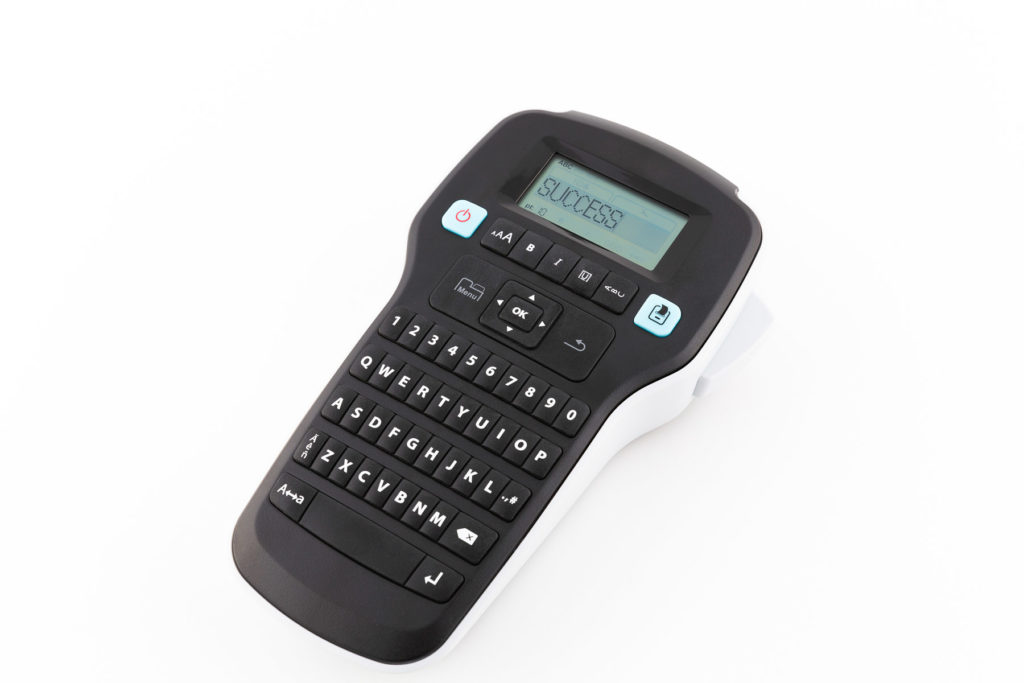Are you one of those super-organized people who loves to label things?
Just to inform the rest of us, things have come a long way since the little hand-held devices that made molded plastic sticky tape that was often used to identify lockers and cabinets at school.
Now you can get desktop machines that print in several fonts, sizes and languages, with icons and borders, and can print in more than a single line. They come in thermal paper, clear, flowered and waterproof versions, too. The end result is professional-looking quality right at your fingertips.
Probably these machines are used most often to label homemade products for the farmer’s market, to make shipping labels or files, or to help you identify the tangle of cables under your work desk in the home office. But there are lots of other clever uses.
For those who are not technically inclined, it’s helpful to label the modem and the router, and note which device each remote control belongs to. Also, label technical equipment with account, access or device codes, and of course label your home office file folders and storage boxes.
In the kitchen, label matching spice bottles or decanters (oil and vinegar, or sweet and unsweet tea for example). Put dates on items to be frozen or refrigerated. Put name labels in your children’s lunch boxes. With the same idea in mind, before you go to the next potluck, label your food containers so they won’t get lost.
For get-togethers, make seat placement cards for guests, or mark their glasses with a fancy sticker. Name the hors d’oeuvres on a charcuterie board, or the foods at the buffet table. It takes the guesswork out of things. Studies show that if you label what a food is, the guest is more likely to taste the ingredients and enjoy it more. If you are serving something special, use a label to quietly let everyone know they are in for a special treat (Rare Bellavitano Parmesan rolled in fresh roasted espresso, from Italy, for example).
For those who are older, perhaps printing a larger-font label will help for things that are used regularly. It’s also helpful to put a purge-by date on cosmetics. A rule of thumb is not to keep cosmetics for more than six months.
Use labels to name storage shelves. In case you remove a box, you can find exactly where to return it. Mark storage containers with their specific contents, such as winter sweaters. Using matching colorful labels in a manuscript font for everything can make even something as mundane as storage look cohesive and pretty.
When traveling, make your own luggage tags and put an extra label inside the suitcase, and on anything that could get lost.
For children, label average items around the house to help teach them how to read (lamp, for example). Or teach yourself a new language (lampara).
In the garage, it’s important to label your fuses in the central fuse box. Also, it helps immensely to identify compartments in the tool box with screw, bolt, nut, wrench or socket sizes. If you have light switches sitting side by side, label their uses to avoid confusion. You can even make waterproof number labels for your mailbox, and simple instruction labels for the use of yard equipment.
An ad from the original Dymo Home Labelmaker in 1962 claims, “It’s the perfect gift for Dad….to personalize and identify.” Now everyone has reasons to use it.

